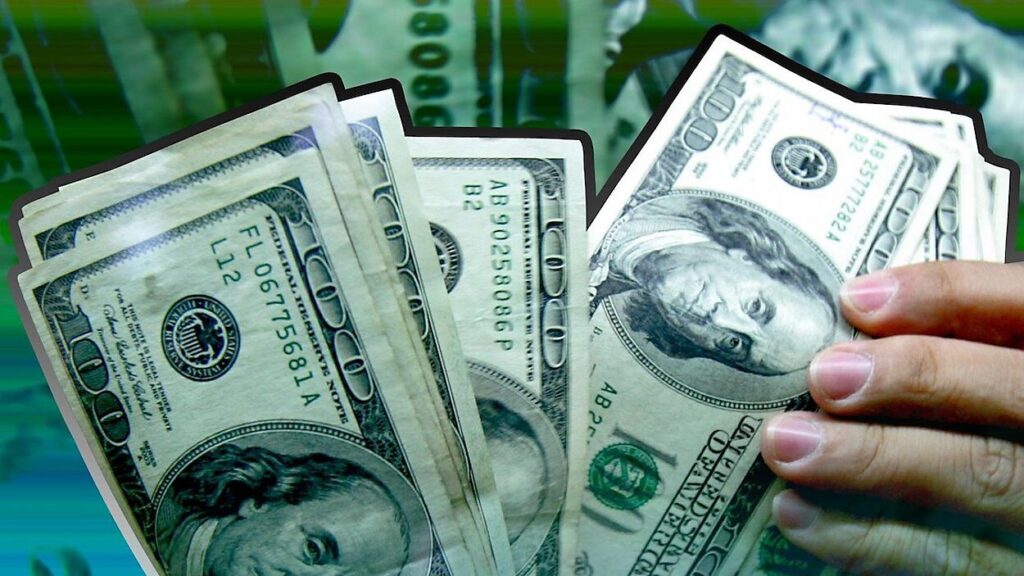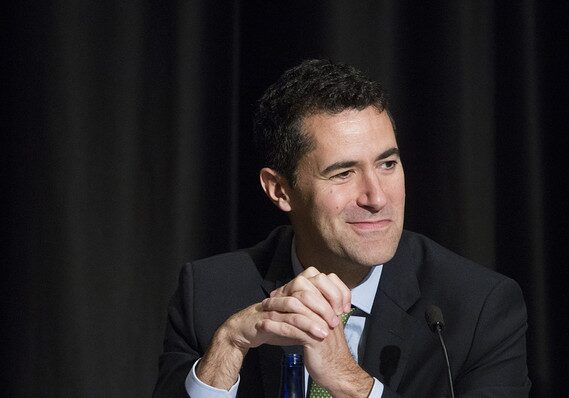
Those who participate in the financial markets are increasingly of the belief that the central bank of the United States will implement a reduction in interest rates that is greater than what was anticipated this week, while the Bank of England is delaying a revised reduction.
At the beginning of a week that is significant for statements made by central banks and economic data, the United States is the primary centre of attention. This is because the Federal Reserve is getting ready to implement its first rate cut since the beginning of the year 2020.
Since July of the previous year, it has been maintained within its target range of approximately 5.25% to 5.5%; however, it will be decreased after the Federal Open Market Committee completes its most recent policy meeting on Wednesday.
The Federal Reserve Chair, Jay Powell, has only provided guidance up to this point.
Because of the recent slowdown in the economy of the United States, which has caused fears of a recession, the opinion of the financial market is now divided regarding whether a reduction of a quarter point or a decrease of half a point is on the horizon.
There isn’t a huge difference in expectations for the next rate decision that the Bank of England will make on Thursday.
As a continuation of the drop of one quarter point that occurred in August, economists and market participants are in agreement that there will be no further downward adjustment in the bank rate at the completion of its meeting.
The rate of wage rise continues to be a source of concern for policymakers in the United Kingdom, despite the fact that recent data has also indicated a slowdown in economic activity.
It is anticipated that the new inflation data that is scheduled to be released on Wednesday will also demonstrate an acceleration in the pace of so-called core inflation. Core inflation is a measure that eliminates volatile items such as the costs of food and energy.
The headline rate of inflation for consumer prices for the year that ended in August is expected to come in at 2.2%, according to a survey of analysts conducted by Reuters.
Compared to the prior month, that is the same.
According to the estimates of the financial market, there is only a thirty percent possibility that the bank will implement a second rate cut.
In the United States, an increase of half a percentage point is considered more likely than not.
This resulted in a decline in the value of the dollar during the early trading hours on Monday. At $1.31, the value of the United States dollar was more than a third of a cent lower than the value of the pound.
Oil prices, exhibiting a propensity to rise in anticipation of a decrease in U.S. interest rates, were also experiencing an upward trend.
Michael Feroli, an economist at JPMorgan, indicated, “We concur that it is probable to be a tight decision, yet we also anticipate that the Fed will execute the ‘correct’ action and increase by 50 basis points.”

“The rationale for a 50 basis point reduction appears evident: multiple applications of a Taylor Rule suggest that the current policy is at least one percentage point overly restrictive,” stated the economist.
In response to enquiries regarding daily market fluctuations, Susannah Streeter, the head of money and markets at Hargreaves Lansdown, indicated that “investors are divided on the magnitude of the anticipated Fed rate cut from policymakers.”
“An increased number of wagers are being placed on the probability of a 50bps reduction being announced, resulting in a slight depreciation of the dollar, continuing its recent downward trend,” stated the economist.
The outlook suggests an increased anticipation for a more pronounced easing of policy in November and December, with markets pricing in 100 basis points of rate cuts by year-end. This holds true even in the event of a smaller reduction in rates.
Given the convergence of inflation towards the target and the contraction of demand within the economy, we are poised to observe the initiation of a pronounced easing cycle. A swift series of reductions is expected to mitigate the risk of the United States’ economy contracting further.